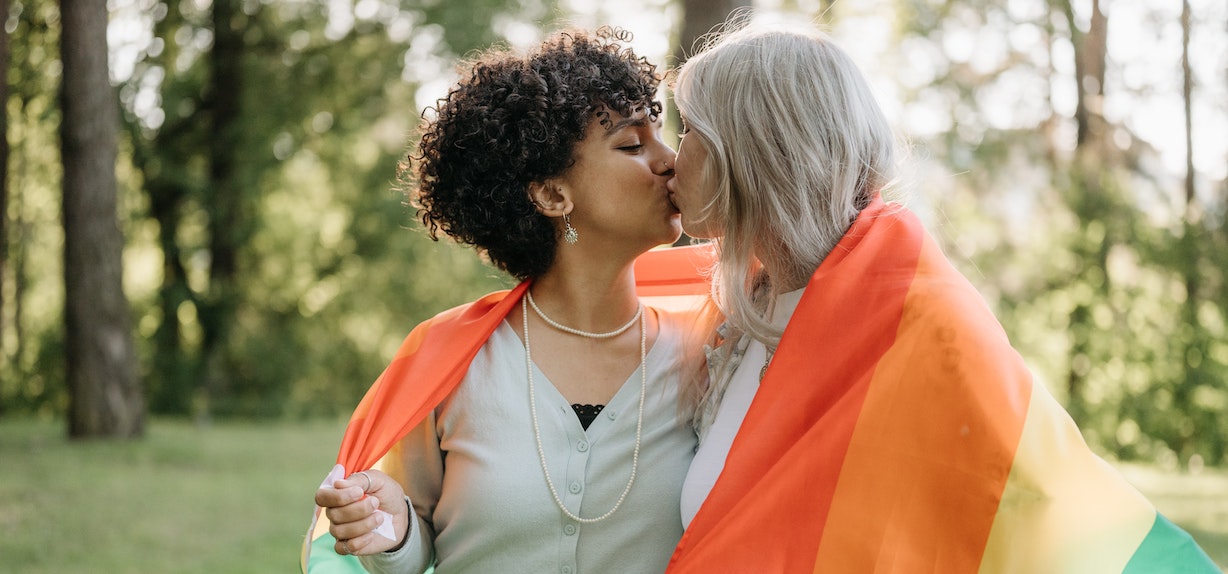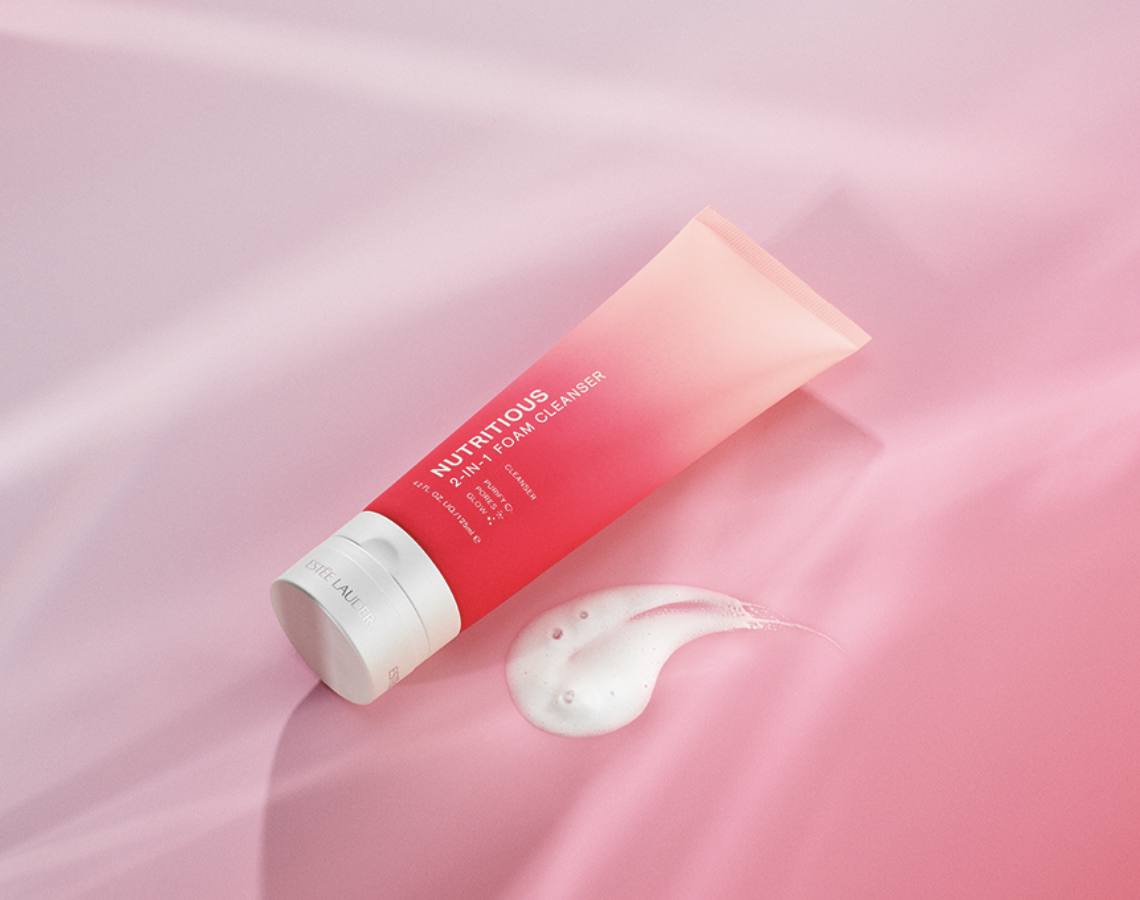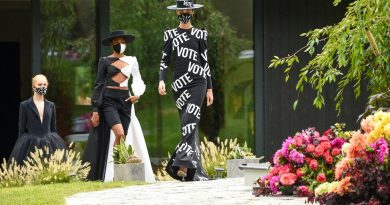Beauty & Wellness Briefing: Brand activism confronts a hostile landscape
This week, a look at the current cultural climate and the way brands are finding themselves in the middle of it. Let us know where your brands stand by scrolling down to use Glossy+ Comments, giving the Glossy+ community the opportunity to join discussions around industry topics.
The past few months have been illuminating for U.S. culture, with the general public witnessing the vitriolic hate and aggressive tactics of right-wing conservatives and MAGA supporters toward LGBTQ+ groups and the “woke” companies that support them. In April, Bud Light made headlines when it sponsored a short video post from transgender influencer Dylan Mulvaney, who showed a special-edition Budweiser can featuring an illustration of her face while drinking some of the beer and encouraging people to participate in the brand’s March Madness social media challenge. This enraged right-wing pundits and consumers alike, resulting in a bomb threat to a California-based Budweiser factory and supposedly a drop in nationwide sales due to customer boycotts. Then came the LGTBQ+ backlash to Target. According to a May 24 statement from retailer Target, which has offered various products to celebrate Pride Month for the last decade, its workers have “experienced threats impacting [their] sense of safety and well-being while at work.” As a result, the company has removed the items that seem to have caught the most ire. And Disney is still in the midst of its political battle with Florida Governor Rob DeSantis over the state’s “Don’t Say Gay” bill that bans discussing sexual orientation or gender identity in primary school classrooms.
Rather than continuing to support LGBTQ+ pride in June publicly, the story has become about the backlash to it.
Across the world, political and social divides are more fragmented than ever. And with a looming presidential election in the U.S., in which most Republican candidate platforms include in some capacity anti-LGBTQ+ rhetoric, both the events and headlines surrounding the events like Target, Disney and Bud Light won’t go away.
When social media first entered a stage of maturity in the mid-aughts, no one could have easily predicted either the trajectory of brand marketing and communications with customers or the ecosystem that resulted in the influencer economy or brand advocacy. An exception may have been Mark Zuckerberg, who astutely had then-Facebook purchase Instagram in 2012 for $1 billion. According to Insider Intelligence, Instagram earned Meta more than $43 billion in 2022 revenue. Fast forward to 2023, and social media is the primary form of communication between brands and customers — and brand advocacy is a big part of that communication strategy. It’s also become an expectation of customers that specific lifestyle brand categories, like beauty and fashion, support socially progressive causes, and brands have been obliging, for the most part.
“I would assume many [brand managers] have asked, ‘What have we gotten ourselves into?’, at some point, because now you can’t have mass appeal [anymore],” said Lauren Labrecque, Ph.D., associate professor of marketing, who has studied parasocial brand marketing. “With one-to-one marketing, there is this ultra-personalization where people feel connected with brands like never before. So [mass appeal] becomes very tricky.”
One problem is that what was previously, though perhaps erroneously, thought of as widely accepted has now changed as right-wing rhetoric gains sway. In 2015, the Supreme Court legalized gay marriage on the federal level, codifying a group of socially accepted behavior and lifestyle. When the Supreme Court overturned Roe v. Wade in 2022, it was considered an affront to the country’s modern acceptance of abortion that helped define American life, where most people think it should be legal, according to Pew Research. According to Glossy’s reporting, at least 62 beauty and wellness companies publicly supported abortion after the news. Others changed company policy to further support employees in need of abortion access.
These aren’t the only lightning rods for cultural discourse, and there’s more on the horizon that intersects with what the beauty industry has recently publicly supported. One of the most significant issues currently on the docket for the Supreme Court is affirmative action. That’s expected to be overturned via Grutter v. Bollinger, the 2003 case holding that race may play a limited role in college admissions. Such a decision would jeopardize affirmative action at U.S. colleges and universities, particularly elite institutions, decreasing the representation of Black and Latino students and bolstering the number of white and Asian ones. And recent Pew Research data shows that public support for Black Lives Matter has declined since its height in 2020. Three years ago, following the murder of George Floyd, two-thirds of Americans expressed support for the BLM movement. In 2023, that number has dropped to 51%. It’s only a matter of time before a brand’s supposedly innocent social media post supporting Black History Month receives backlash.
The answers to navigating this issue are beyond any one person or company. Labrecque said the most backlash to any stance appears when it is inauthentic to a company’s current branding or history of causes to support. She said that customers feel betrayed by a company because the company is supporting something the individual doesn’t believe in. But this supposes that brands can only incrementally evolve their stances and focus areas at the risk of alienating customers. But, arguably, supporting the culturally defining issue of civil rights is not something a brand can only gradually embrace.
Knowing now that backlash, discourse and vituperative actions aren’t going away, now is the time for brands to assemble an action plan for what to do when, not if, they are caught in the ire.
Inside our coverage:
The ascent of influencer Sofia Richie Grainge.
Dame and Hatch collaborate on sexual wellness for mothers.
Which YouTube influencers get the most engagement per dollar spent.
What we’re reading:
What makes a good beauty M&A term sheet?
L’Oréal goes all in ultra-premium beauty.
Gen Z’s evolving relationship with beauty.





